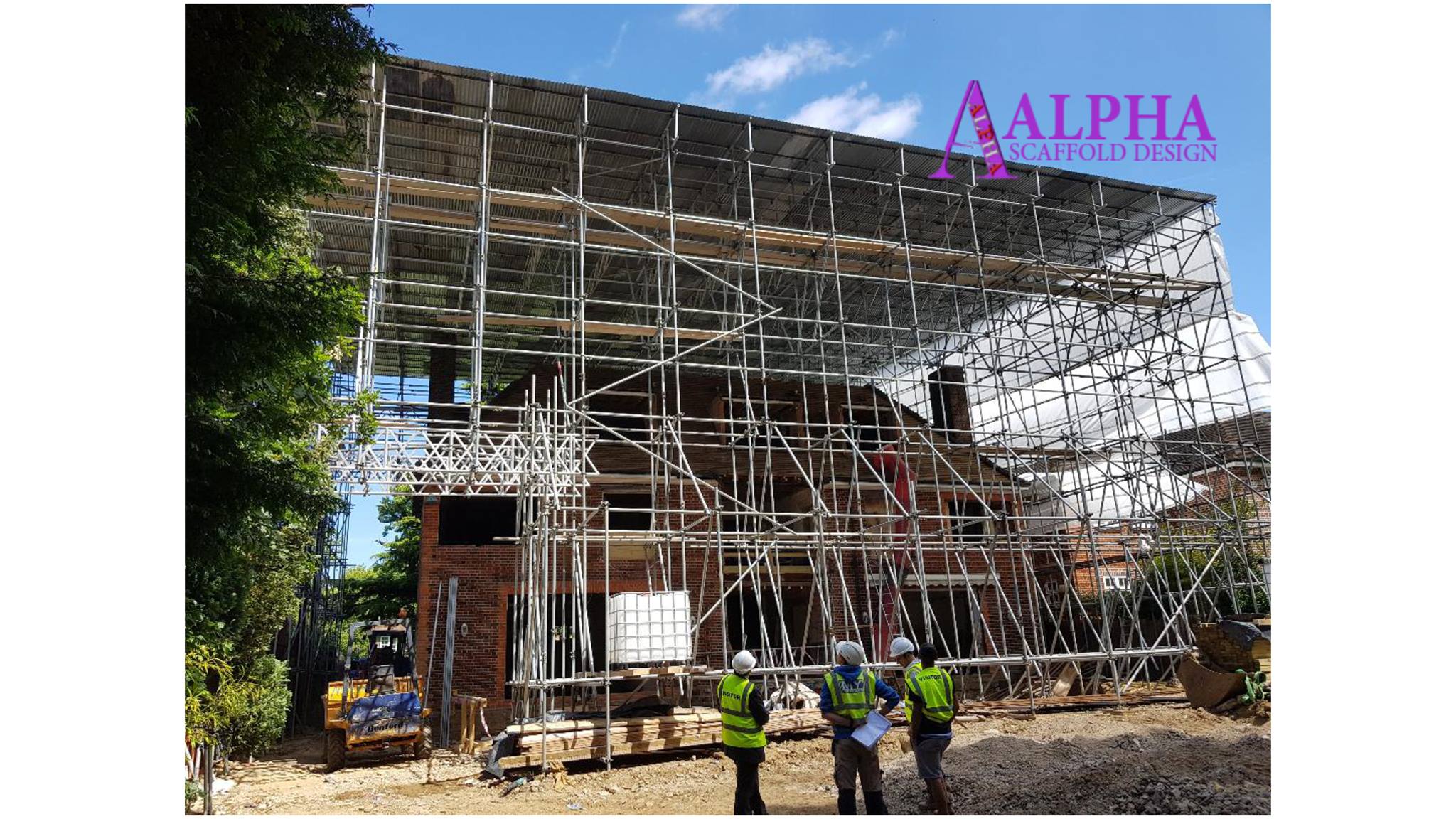Risk Assessments & Method Statements (RAMS).
Support available; RAMS are designed to ensure everyone who can be affected by the activity is considered and hazards are eliminated at source or if this is not possible the risks should be controlled and reduced as far as is reasonably practicable to an acceptable level, to ensure accidents and incidents do not occur.
A Risk Assessment (RA) is a process of establishing what could cause harm, who may be harmed, what the potential of the hazard and the people coming together are, what standard controls are in place, and does the hazardʼs location / environment present additional risks. The competent person will decide on what can be done and will detail the residual risks and the required control measures.

Only when the Risk Assessment (RA) has been completed, reviewed and briefed to the workforce, can works commence. This RA is usually done in conjunction with a Method Statement (MS). A Method Statement (MS) is a systematic process of listing the steps required to complete an activity; this is done in sequential order, and is usually undertaken in conjunction with a RA, to produce a RAMS (often also described as a Safe System of Work).
RAMS – Legal requirements
There are various statutory requirements relating to the need to carry out detailed planning for health and safety. In accordance with The Work at Height Regulations 2005 an assembly, use and dismantling plan shall be drawn up by a competent person. A copy of the plan shall be kept available for the use of persons concerned in the assembly, use, dismantling or alteration of scaffolding until it has been dismantled.
Scaffold inspection
It is the scaffold users / hirers responsibility to ensure that all scaffolding has been inspected as follows:
- following installation / before first use
- at an interval of no more than every 7 days thereafter
- following any circumstances liable to jeopardise the safety of the installation eg. high winds.

All scaffolding inspection should be carried out by a competent person whose combination of knowledge, training and experience is appropriate for the type and complexity of the scaffold. Competence may have been assessed under the CISRS or an individual may have received training in inspecting a specific type of system scaffold from a manufacturer/supplier.
The scaffold inspection report should note any defects or matters that could give rise to a risk to health and safety and any corrective actions taken, even when those actions are taken promptly, as this assists with the identification of any recurring problem.
Scaffolding consultations
We can provide free of charge advice and consultation over the phone or via e-mail.
Feel free to contact us even if you only need advice and wee will do our best point you in the right direction.
Email:
info@alpha-scaffolddesign.uk

